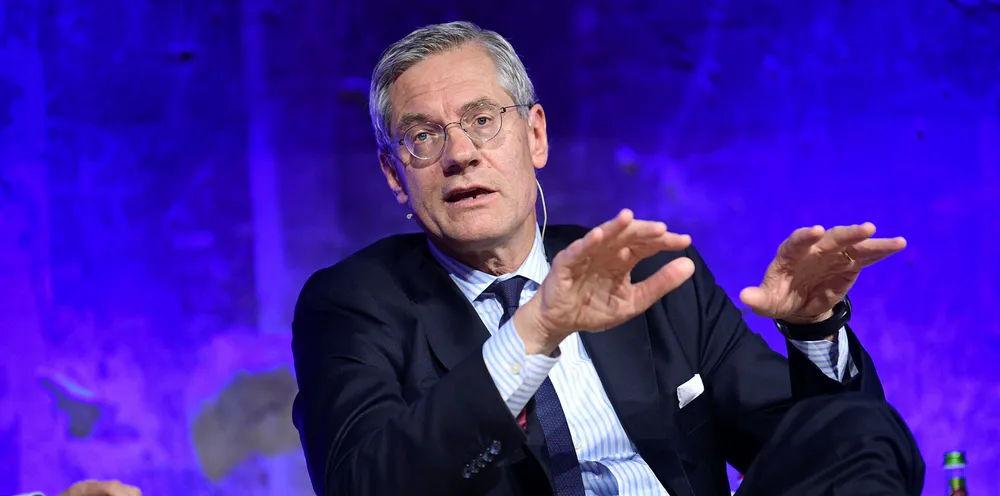'Investing in green cement and steel makes commercial sense': Vattenfall boss
IN DEPTH | Magnus Hall tells Recharge that pioneering the production of zero-carbon materials using renewable energy and green hydrogen is a "business opportunity"

IN DEPTH | Magnus Hall tells Recharge that pioneering the production of zero-carbon materials using renewable energy and green hydrogen is a "business opportunity"
